Posted by: Kalorintschi
Challenges and advantages of the ScienceBox
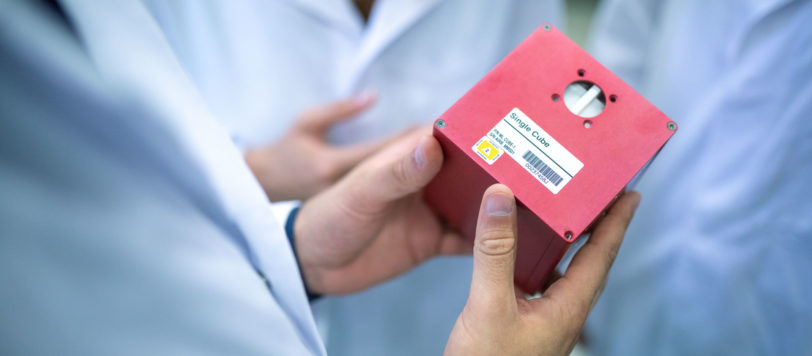
The greatest challenges in the development of the ScienceBox, in which our experiment will be conducted on the ISS, are the framework conditions of a space mission and our ambition to conduct a fully automated experiment in a very small space.
First of all, it is necessary to consider the stress of launch and landing. Forces many times greater than the acceleration due to gravity have to be taken into account.
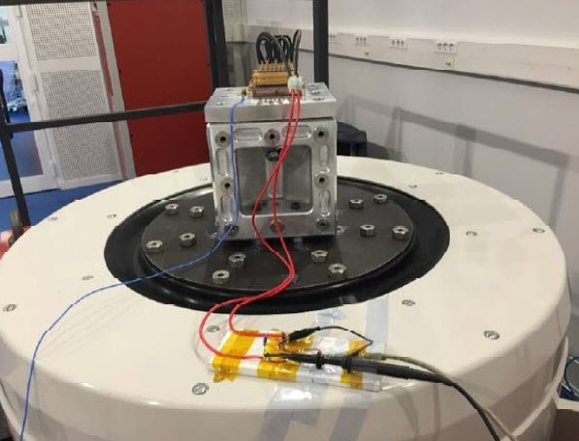
The ScienceBox’s reaction room, in which thin-walled capillaries and liquids are contained, must be stored so that it can withstand these stresses. In addition, it must be ensured that everything is agitated in a way that ensures that our experiment does not already start during the take-off or is otherwise falsified.
As with any space mission, our payload must also meet the necessary security aspects. Our ScienceBox must be double sealed, withstand vibrations, high pressure and even pressure loss without getting damaged.
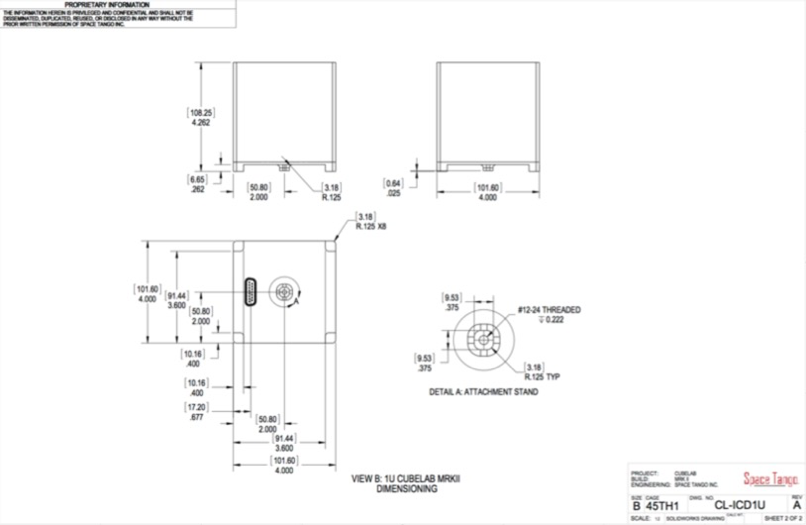
In addition to these space flight-specific challenges, our box is designed for a maximum volume of one litre and a maximum weight of two kilograms. Due to the automation of the experiment, we do not need an astronaut to carry out our experiment. The box, after it’s transport to the ISS, is simply integrated from the capsule into the TangoLab and reloaded for the return flight after completion. The limitations and the fully automated processes make it possible to realize this project with only 190.000 €.
Your Space Origami Crew

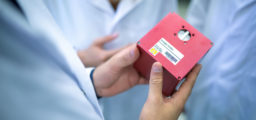
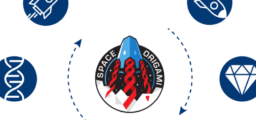
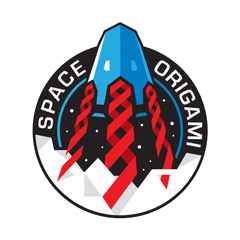
Comments are closed.